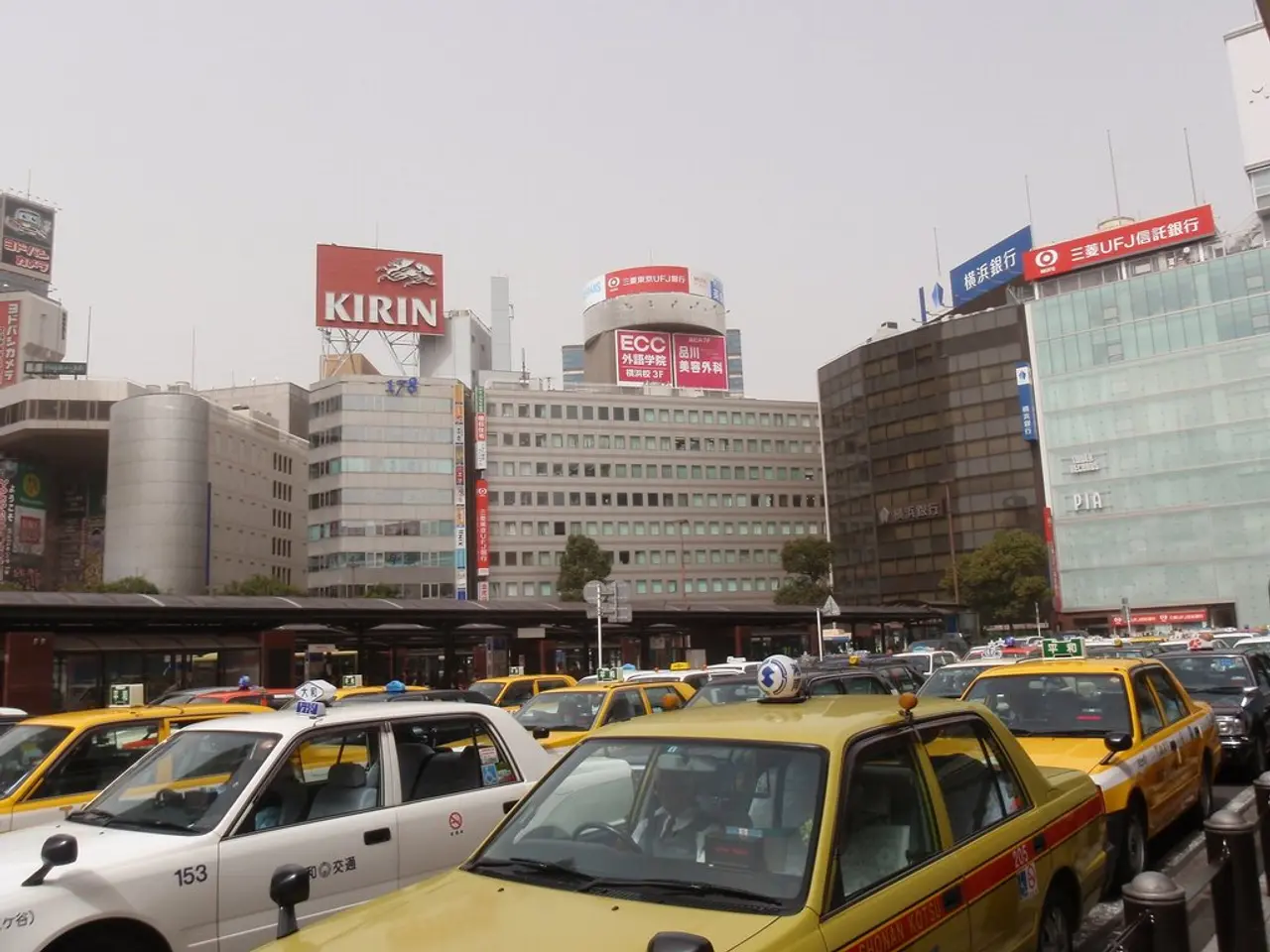London's Victorian-era public transportation system offers insights for modernization in the Philippines
London's public service system has a rich and fascinating history, shaped by local authorities and significant developments over the centuries. This narrative traces the transformation from the monopoly of hackney carriages in the 1600s to the advent of trams in the Victorian era.
In the 17th century, London's streets were dominated by private horse-drawn carriages, known as hackney carriages, which were hired for individual journeys and were affordable only by the wealthy. Fast forward to 1829, George Shillibeer introduced the first route-based transport service called the omnibus, revolutionising the way people travelled around the city.
By 1832, hackney carriages lost their monopoly of London's streets, and omnibuses were free to operate. However, the omnibus faced serious competition from horse-drawn trams, which moved more people at faster speeds. In an attempt to disrupt the tram services, omnibus operators and workers deliberately derailed trams with loose stones, putting off delayed passengers.
The London County Council (LCC), established in 1889, gained the power to take over tramway operations into direct control after 21 years under the Tramways Act. At its peak, the LCC ran a 269 km network of tramway lines before it was taken over by the London Passenger Transport Board. Seven other district councils in Greater London operated their own trams and were also absorbed by the LPTB, in an effort to unify all transport developments in London.
One of the conglomerates during this period was the French-funded London General Omnibus Company, which acquired competitors to expand its fleet. Another significant player was Thomas Tilling, who introduced predetermined stops and fixed timetables for his horse buses, making them extremely popular among London commuters. Tilling also formed cooperative agreements and associations to regulate routes, pool revenues, and standardise services.
Competition among omnibus owners was fierce, and they had to innovate to gain an edge over their competitors. Some offered newspapers or books for reading on the bus, introduced garden seating, and used pull strings for passengers to signal which side of the road they wanted to get off. However, the Victorian era also saw dangerous practices such as overcrowding, racing, and loitering in front of shops to fill vehicles with passengers.
Today, the legacy of these historical developments continues to influence London's public service system. Rain Tolentino, a finance student at Durham University, volunteers for Commuters 4 Change, a community advocating improved people mobility through policy change. Similarly, Toix Cerna, who has been following public transport developments in the Philippines since 2017, is a member of various people mobility advocacy groups, including Commuters 4 Change, Move As One Coalition, Komyut, and Move Metro Manila.
Recently, the UK's Parliament passed the Bus Services bill, which gives local authorities the power to shape local bus services. This move is reminiscent of the LCC's efforts to take control of tramway operations and unify transport developments in London over a century ago. As London continues to grow and evolve, it's clear that the spirit of innovation and collaboration that shaped its public service system in the past will continue to guide its future.
Read also:
- Genetically Modified Spiders Debut Worldwide First
- Lawsuits filed by numerous families against Boeing and Honeywell in relation to the fatal Air India crash in June, claiming the lives of 260 individuals.
- Uncovering the Past: The Resurgence of Doca Film Club and Georgia's Long-Lost Era
- Hires David Crane, a former U.S. Department of Energy official, as new CEO for Capital company






